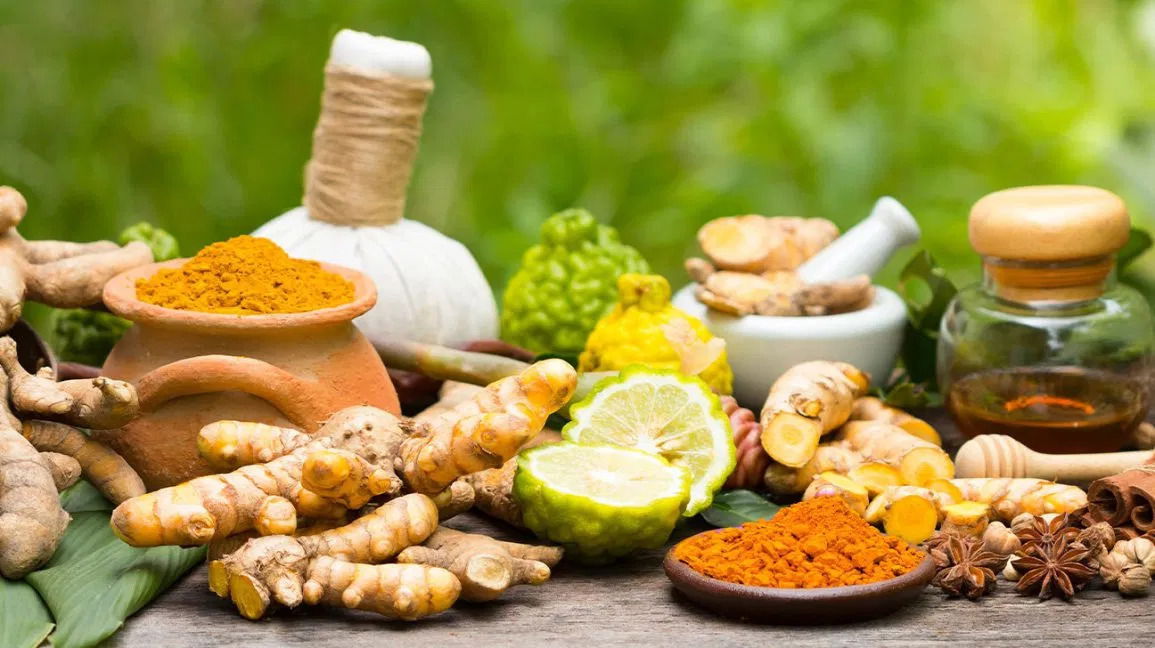Ayurvedic nutrition consultation

Ayurveda and yoga are the result of the same philosophy. Yoga tends more towards "realization", the "illumination" (moksha) while Ayurveda is mainly concerned with the right way of life (dharma).
Both are practical and holistic methods that take into account all the mental, bodily and spiritual dimensions of the person.
Ayurveda, the traditional Indian medicine, is a system of care that is more than 5,000 years old and one of the most comprehensive, and it is recognized by WHO as a natural, traditional and integrative health system.
Ayurveda, the Sanskrit «science of life» has its sources in the Vedas, a set of sacred texts from ancient India that correspond to a system of holistic and preventive medicine.
Its role is to provide targeted knowledge and practices so that the body and mind can be in harmony and fit.
The 4 pillars on which this science is based are doshas, agni, dahtus, malas.
To understand what doshas are, it is necessary to remember that Ayurveda is based on the theory of the 5 elements (Panchamabuta) that compose and constitute the universe: Ether, Air, Fire, Earth, Water.
These 5 elements are arranged in the human body to form the three Doshas called: * Vata (air-ether) * Pitta (fire-water), * Kapha (water-land).
This conception of the three Doshas is the central pillar of Ayurvedic science.
These doshic compositions are the three principles of regulation that play a decisive role in the psychic and physical balance of the human being.
Each of us is made up of these three forces in different proportions.
Depending on the dominant doshas, one can determine the physical and psychological type to which the patient belongs (Prakriti).
Thus the dosha Vata, which underlies the other two doshas, is made of air and ether and governs in the body any type of movement.
It is the strength for all that exists in the body and mind, reflected in the circulation of blood and lymph, and in every influx of the nervous system.
The Pitta dosha, composed of fire and water, is the principle of transformation and warming, responsible for all chemical and metabolic mutations in order to create energy and heat. Pitta governs mental analysis, digestion, clarity, perception and understanding. Its qualities are warm, penetrating, oily, bright, subtle, fluid, soft, clear.
The Kapha dosha is made up of land and water, the principle of potential energy, growth and protection. In the body, Kapha provides food to the body and forms most of its structure - bones, muscles, tissues, cells, fluids, strength and stability, water balance, lubrication of mucous membranes, joints.
Its qualities are moisture, softness, cold, density, immobility, smoothness. When these three forces are combined in harmony, the body remains healthy.
One of the goals of Ayurveda is to maintain this ideal state that allows us to nourish vitality and maintain good resistance in case of illness.
Note that a balanced approach to yoga helps stabilize doshas. The asanas, breathing exercises, relaxation, are the same for all constitutions and the balanced distribution of these three aspects establishes the balance of doshas.
What is called Agni (digestive fire), is actually the quality of processing the bowl of food by the digestive metabolism, the ability to distribute within the body all its nutritional qualities. By bowl food we must also, consider everything that nourishes the body by the 5 senses, so the quality of what we see, hear, touch, taste, feel feed our bodies!
A weak digestive fire will cause a lot of waste (malas) that will turn into toxins (ama).
There are 7 Dhatus. Thus, plasma, blood, muscles, skin, fat, bones, nerve tissue, bone marrow and reproductive tissues are the tissues that make up the body.
Their role is to help the body produce a form of energy (ojas) that allows it to maintain that of the body (prana) and protect tissues from damage.
Ojas is often called the 8th dhatus because it is the last to be produced, in the order of previous quotation. It is the substance that supports vital energy (prana) and promotes immunity.
The waste resulting from this combustion is called malas, and it is regularly discharged through the organs of the skin (kidneys, skin, lungs, liver and intestines).
To prevent any accumulation of these wastes, it is necessary to maintain a healthy digestive fire with a good diet and a lifestyle corresponding to its composition doshique also according to the age of the person.
My role during consultations is therefore to determine first the doshique imbalance to offer nutritional advice adaptable to daily life and its intrinsic constraints.
In addition to the emotional and psychological impact of food on the person, it is necessary to integrate advice and new eating habits gradually and consciously.
They are accompanied by adapted yoga classes, aimed at promoting doshique balance. Consultation 1h30: 50€ (with adapted yoga session provided).
Consultation & massage package (+/- 3:30): 110€


